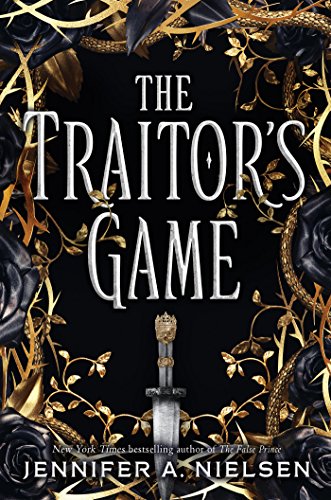Reviewed by Kelly on
Sixteen year old Kestra Dallisor is a formidable and coarsened young woman, ostracised by her father to the desolate Lava Fields. Henry Dallisor is a malevolent and treacherous persecutor, second in command and enforcer representing the immortal Lord Endrick. Kestra is summoned to Highwyn to be exploited as a commodity for political advantage, her betrothal will ensure the compliance of neighbouring regions under the reign of Lord Endrick, her father unconcerned of the freedom for his daughter. During her journey, Kestra is held captive by the rebellion, a group of unrelenting recruits tenacious in their pursuit for sovereignty, her handmaiden and footsoldier held as assurance for her cooperation and allegiance.
Captain Grey Tenger, leader of the Coracks has assigned Simon Hatch to accompany the Princess, his objective to retain the Olden Blade. Simon is acquainted with the Dallisor lineage, as a young boy within the palace compound until accused and sentenced for theft.
Often in young adult literature, characters placed within precarious positions find solace within one another, consumed by the intensity of the narrative. Kestra and Simon are coincidental companions, physically attracted to one another. Their tentative companionship is disingenuous and mistrustful. Simon wasn't anticipating a young woman, tenacious and spirited to challenge his patriotism to the Corack revolution, creating a precarious alliance.
The Olden Blade is believed to be buried beneath the dungeons of the Dallisor Highwyn residence, infused with Endrean alchemy by Lord Endrick. The mythology maintains that the blade was wielded during the War of Devastation by a young woman before her capture and sentence. Only those of Halderian lineage can wield the blade and the denouement of the Endrick reign. To ensure the survival of her Footman and Handmaiden, Kestra is coerced to find the blade, endangering the lives of the Corack if captured. She's placed in an inconceivable, treasonous position.
I'm optimistic that the next installment will traverse the greater Antora kingdom and the politics between regions under Lord Endrick. The Traitor's game only touches upon the impoverished conditions beyond Highwyn. Is the desolate landscape and socioeconomic collapse consequences of conflict?
While the overall young adult fantasy narrative was marginally repetitive and conventional, I really enjoyed the characterisation and the mythology infused narrative. Highly recommended for reluctant fantasy readers.
Reading updates
- Started reading
- 11 September, 2018: Finished reading
- 11 September, 2018: Reviewed
